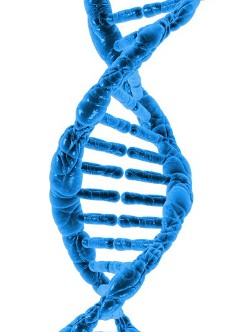 The Eighth Chorea-Acanthocytosis Symposium was held May 14 and 15 in Ann Arbor, Michigan, USA. The theme of the meeting was Chorea-Acanthocytosis and Intracellular Transport. A report describing key workshop findings and recommendations for future research priorities is under preparation for publication in a peer-reviewed forum, but a brief overvew of topics covered at the meeting follows here.
The Eighth Chorea-Acanthocytosis Symposium was held May 14 and 15 in Ann Arbor, Michigan, USA. The theme of the meeting was Chorea-Acanthocytosis and Intracellular Transport. A report describing key workshop findings and recommendations for future research priorities is under preparation for publication in a peer-reviewed forum, but a brief overvew of topics covered at the meeting follows here.
The gene involved in ChAc, VPS13A, encoding the chorein protein, is a member of a family of genes involved in transporting a variety of cellular components within cells. The goals of the symposium were to review current research on ChAc, including the functions of genes in this family, and to explore the relationships between ChAc and mechanisms of intracellular transport. The symposium consisted of two parts: a series of presentations on the meeting themes on May 14; and on May 15, a less formal workshop was held, in which many of the participating scientists discussed key issues facing the field of ChAc research. The symposium was held in conjunction with the patient-family meeting.
Participating scientists included investigators presently working on ChAc or VPS13A family genes, and several scientists pursuing basic research on mechanisms of intracellular transport. The Symposium opened an overview of ChAc by Dr. Adrian Danek (Munich, Germany), and a patient-family presentation with Ginger & Alex Irvine and Dr. Ruth Walker (Mt. Sinai School of Medicine; USA). Keynote speakers were Dr. Juan Bonifacino (National Institutes of Health; USA) discussing mechanisms of lysosome motility, and Dr. Dan Klionsky (University of Michigan, USA) discussing autophagy.
Drs. Robert Fuller (University of Michigan, USA), Aaron Nieman (State University of New York-Stony Brook, USA), Benoit Kornmann (ETH Zurich, Switzerland), and Volker Haucke (Berlin, Germany) discussed the function of VPS13A related genes. Drs. Andreas Hermann (Dresden, Germany) and Ody Sibon (Groningen, Netherlands) discussed findings in new model systems of ChAc . Drs. Lois Weisman (University of Michigan, USA), Shigekazu Nagata (Osaka, Japan), and Gil Di Paolo (Denali Therapeutics, USA) discussed important aspects of intracellular transport and relationships with disease mechanisms.
A poster session featured novel results, including recent data on McLeod Syndrome.
The subsequent workshop focused on three topics; our considerable and growing knowledge of the function of the closely related Vps13 gene in the important yeast model system, the development and characterization of novel fruit fly and mouse model systems, and critical needs in ChAc clinical research. Further information key findings and recommendations arising from the meeting will be covered in future issues of NA News.
The meeting was supported financially by the University of Michigan School of Medicine and the Rackham School of Graduate Studies, the Departments of Neurology and Biological Chemistry, philanthropy, and a grant from the Advocacy for Neuroacanthocytosis Patients.

SaveSave